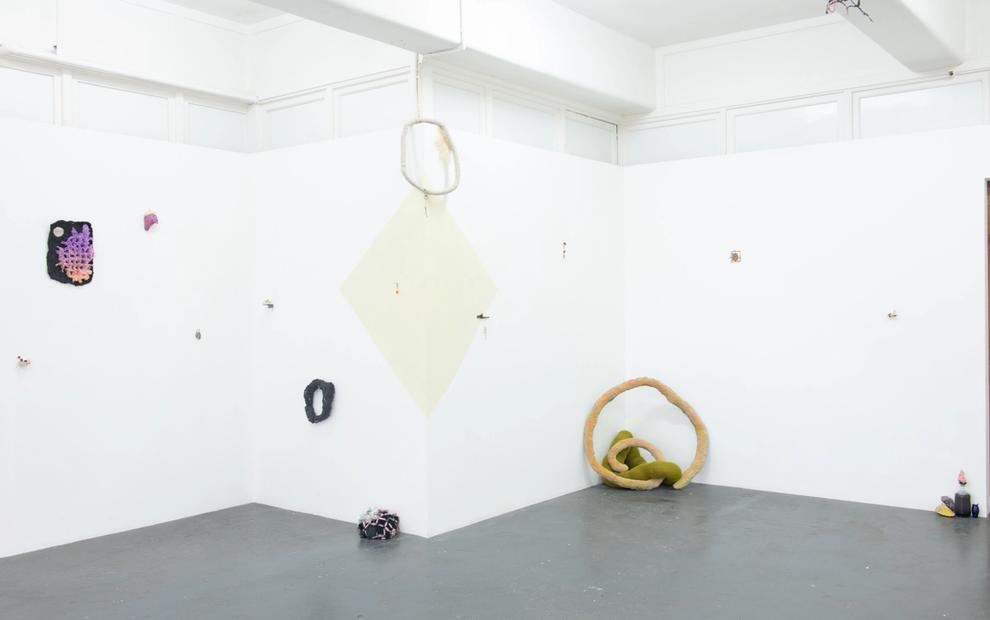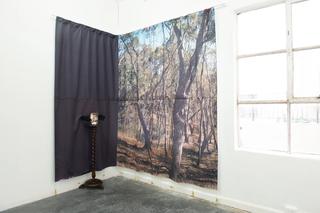

George Prefers Forks
Siying Zhou
7–24 Apr 2021
George Prefers Forks uses various material forms and visual content to construct a narrative space, where the ontological value of East Asian women (the Yellow Woman) under the current socio-political climate is searched, questioned and scrutinized from Australian history, Hollywood-led pop culture, and the casual practice of cultural engagement in tourism. In this work, the cultural slippage of the ethnic clothing on an Asian women body is depicted through the figure of an Asian woman on photographic images, an accent of speaking English and materiality of silk dresses. The troublesome sartorial relationships offer the reading of a culturally displaced, misplaced and replaced female body. Within the visual motif of hi-lo cultural content, this work playfully indicates that the unique living experiences of the Yellow woman that are shaped not only by the histories of exoticism and oriental fetish, but also by the porous presentation in present societies. Inside the thin space between the skin and fabric, it intends to uncover an overlooked cultural and gender perspective in the narration of diasporic experiences of cultural appropriating and assimilation, and to unfold an aesthetic derived from the Yellow Woman’s negotiation between a real self and a performed self.
Siying Zhou: Conversation Series
Youjia Lu, Pia Johnson, Eugenia Lim, Priya Srinivasan
Siying Zhou spoke with four Melbourne/Naarm-based Asian female artists to ask them how they navigate their racial and gender identities through their studio practices. The four conversations will be released in stages.
While making work for the BLINDSIDE exhibition George prefers Forks, I read Anne Anlin Cheng’s Ornamentalism. In this book, Anne offers a perspective with which to approach and understand the unique race and gender category of ‘yellow woman’. She believes that through this inseparable association with object hood (drawn from the technologies of embroidery, ceramic, robots and food-making), East Asian women can develop their own ground in the intersectional discourse about race and gender, and articulate a different kind of surviving history in Western society. In the beginning of Ornamentalism, Anne reveals that the critical race and gender examination of ‘yellow women’ is insufficient, and still tends to follow the theoretical frame that was created in the 70’s. She underlines the fact that we still know very little about East Asian women while the race and gender of ‘black and brown’ women has been constantly examined and studied along with the social changes in the Western world.
When I read Anne’s argument, I recalled a moment when a female curator who has Asian cultural heritage casually revealed to me that she was sick of the topic of the Asian female body in the arts, implying that this subject was overly explored and had became monotonous. My question is: how could we be sick of something that we know so little about? As Anne draws her evidence from American history and mainstream culture, I wonder how Ornamentalism is applied in the Australian social and geopolitical context. Could Ornamentalism provide a place for East Asian women in Australia to grasp their existence? More importantly, how does the Ornamentalist perspective reshape the quintessential tradition in Western Art of examining the materiality of artistic media and insert racial and gender context into such an examination?
While I was contemplating these answers through the process of manipulating images and objects, my research into the Australian past and my examination of the sartorial relationships that a Chinese woman could draw, I spoke with four Melbourne/Naarm-based Asian female artists and asked them how they navigate their racial and gender identities through their studio practices. What you will read below is the edited transcript of our conversations.
Conversation One
Youija Lu: Identity. Video art. The gap.
This is the transcript of a face-to-face conversation taken between Youjia Lu and Siying Zhou in February 2021. This conversation took place on the unceded lands of the Wurundjeri people of the Kulin nation.
Conversation Two
Pia Johnson: Eurasian Identity. Photography. History
This conversation between Pia Johnson and Siying Zhou via Zoom on March 26, 2021, took place on the unceeded lands of the Wurundjeri people of the Kulin nation and Dja Dja Wurrung country.


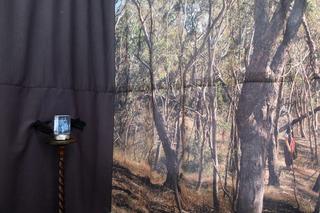

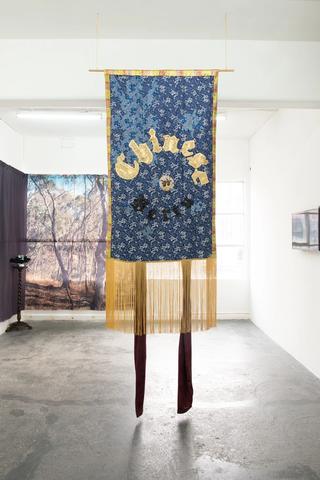

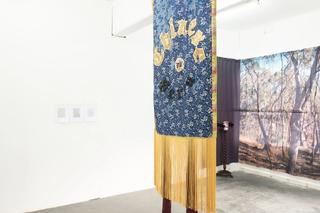

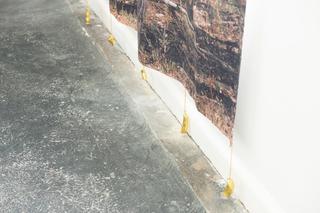



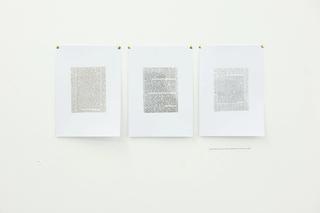

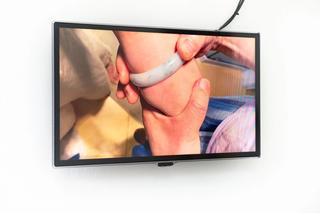

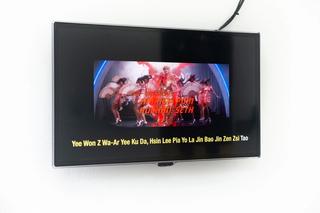

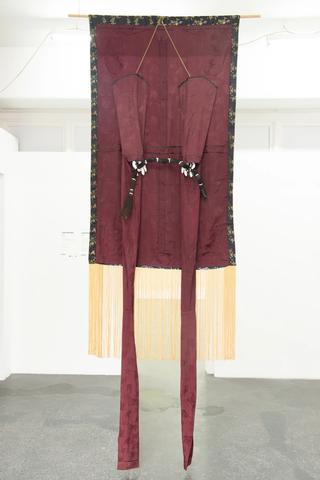

Siying Zhou
Siying Zhou
George Prefers Forks used various material forms and visual content to construct a narrative space, where the ontological value of East Asian women (the Yellow Woman) under the current socio-political climate is searched, questioned and scrutinized from Australian history, Hollywood-led pop culture, and the casual practice of cultural engagement in tourism.
This program takes place on the land of the Wurundjeri people of the Kulin Nation. We recognise that sovereignty was never ceded - this land is stolen land. We pay respects to Wurundjeri Elders, past, present and emerging, to the Elders from other communities and to any other Aboriginal or Torres Strait Islanders who might encounter or participate in the program.
Siying Zhou is a China-born Australian artist. Her practice is mostly identified within the visual art discipline and drawn upon my self-reflection on my Chinese heritage and my social status as an Asian female immigrant. She obtained the Master of Fine Art, at the Victorian College of the Arts, the University of Melbourne in 2018. She is the recipient of Linden Art Prize 2019. Her works have been exhibited in those, Buxton Contemporary Art (VIC), Newcastle Art Gallery (NSW), Ararat Art Gallery TAMA (VIC), Northern Centre for Contemporary Art (NT), and Meinblau Projektraum (Germany).











